Brief introduction of Brazilian Coffee beans Flavor characteristics of Brazilian Coffee and Brazilian Queen Coffee
Brazilian coffee beans, which are the basis of mixed beans, have no outstanding advantages or obvious shortcomings. this kind of coffee has a mild and smooth taste, low acidity, moderate mellow and a hint of sweetness. Brazilian coffee is neither as strong as lemon citrus acid as Yega Chefe Coffee, nor as rich as Indonesian Mantenin Coffee. Brazilian coffee is not too sour and bitter, so there is a very big market for Brazilian coffee beans in blending beans. The three matching beans in front of the street: basic matching, boutique matching and commercial blending are all based on Brazilian coffee beans.

As the largest Arabica coffee producer in the country, Brazil supplies commercial beans and fine beans for the global coffee market. Brazil is located in the Latin American region of the Western Hemisphere, located in the eastern part of South America and the west coast of the Atlantic Ocean, bordering all countries on the South American continent except Ecuador and Chile. The territory has a tropical rain forest climate and a tropical prairie climate. The superior tropical natural conditions are very suitable for the growth and production of tropical cash crop coffee. Brazil makes full use of the tropical geographical environment and attaches importance to the production and sale of coffee, so that the output, export volume and per capita consumption of coffee have been ranked first in the world for many years, and have been known as the "kingdom of coffee".
Geographical conditions of Brazil
We know that the higher the altitude, the better the flavor of coffee beans, while the elevations of Brazilian countries are generally lower, so the flavor of Brazilian coffee is general and moderate. If someone asks Qianjie for a cup of unsour coffee, Qianjie will recommend Brazilian coffee. Brazilian coffee is widely grown in flat areas. In order to adapt measures to local conditions, Brazilian landlords have developed improved Arabica coffee trees that do not require highland or shade decades ago, which can be planted on plains or grasslands and directly exposed to the sun, which is different from the traditional higher altitude shade cultivation.
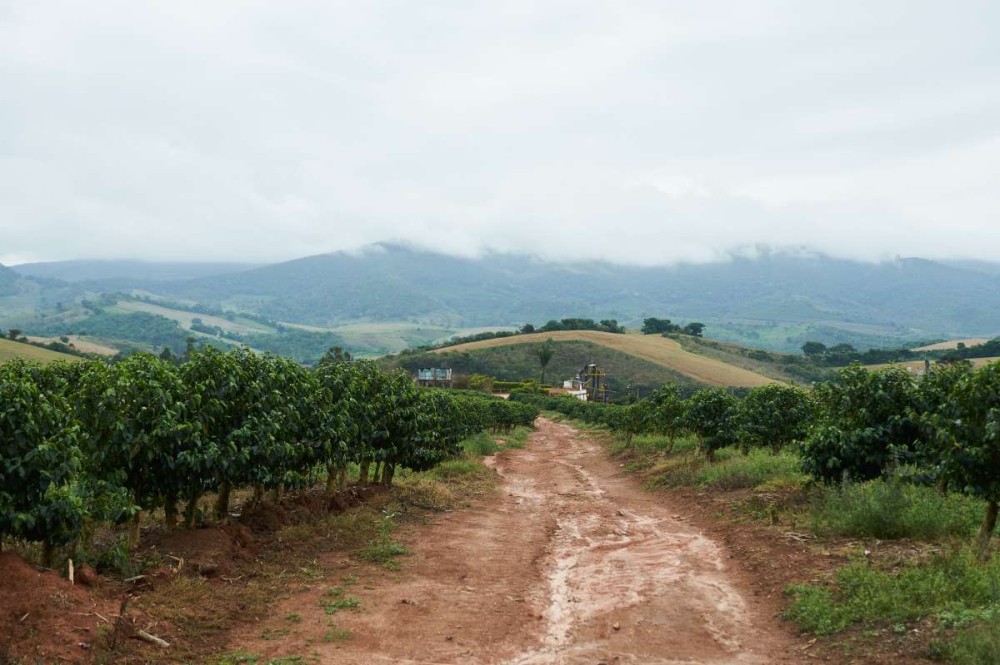
Most of the Brazilian coffee gardens are only a few hundred meters above sea level, even on flat land. This kind of exposure planting method makes the coffee fruit grow faster, the flavor development is not complete, and the density of beans, that is, the so-called hardness is not as good as plateau beans, the acidity of the fruit is obviously low, the flavor is monotonous, and the coastal Rio coffee even has iodine and salty taste. This flavor is thought to be the result of some kind of microbial action, so Qianjie believes that even if it is planted with the same soil, it may not necessarily produce this flavor every year, because coffee is originally a crop. it will also change according to the climate change every year, but the general flavor will not change. Most coffee hobbies do not appreciate this flavor, only a few Middle Eastern countries have the habit of using sugar and brewing coffee, which is especially suitable for the flavor of Rio coffee.
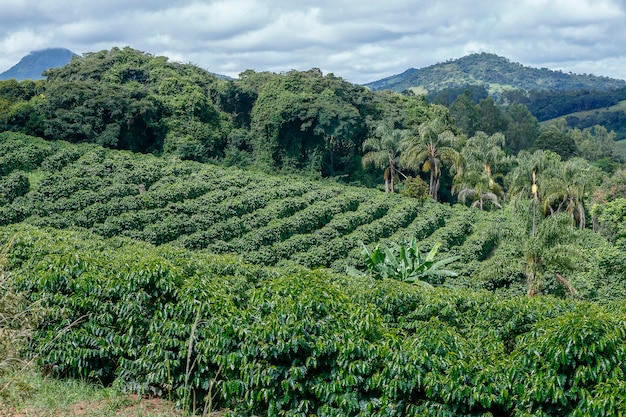
The topography of Brazil is mainly divided into two parts, one is the Brazilian plateau above 500 meters above sea level, distributed in the central and southern parts of Brazil, and the other is the plain below 200 meters above sea level, mainly in the north and west of the Amazon River basin. Due to the flat terrain, the low altitude areas of Brazil can not form a variety of microclimatic conditions, and coffee trees are planted in a large area in the form of no shade, thus forming the flavor characteristics of soft beans. The so-called soft bean means that growing at low altitude, the fruit ripens faster, the bean density is lower, and the flavor is dominated by glycol-balanced chocolate and nuts, without the rich acidity of hard beans at high altitude. Panamanian rosy summer coffee beans are more hardware than Brazilian coffee beans, because the Panamanian rosy summer is higher above sea level.
Hillado producing area of Brazil
Brazil has 21 states and 17 states produce coffee, but seven of them produce the most, accounting for 98% of the country's total output. They are: Sao Paulo, Parana, Bahia, Esp í rito Santo, Minas Gerais, Rondo and Rio de Janeiro. Among them, the boutique coffee producing areas are mainly distributed in Minas Gerais and Sao Paulo. The coffee market summed up a rule: the production of coffee beans in Brazil depends on whether the harvest of Minas Gerais is rich or poor, while the harvest of Minas Gerais depends on South Minas, Hilado and Morgiana.
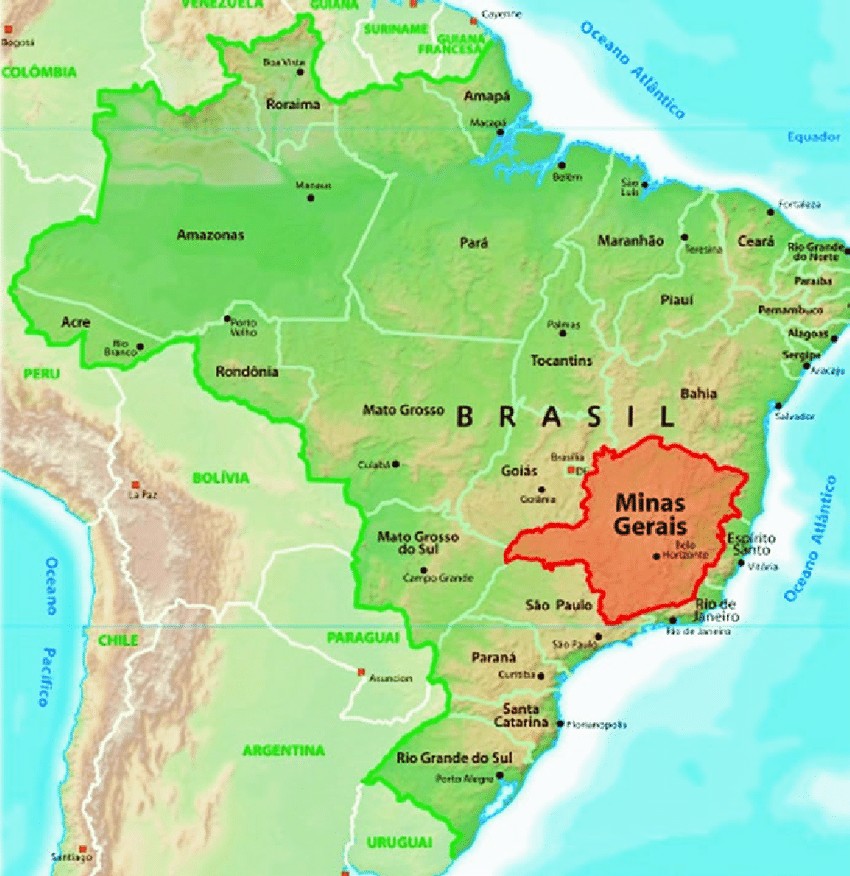
South Minas Sul de Minas
South Minas is the earliest coffee producing area in Brazil, which belongs to the sub-area of Minas Gerais state. It has a mild and comfortable climate and is higher than most producing areas in Brazil, with an average elevation of about 1400 meters. Coffee trees are planted on gently sloping woodland. The unique topography of the South Minas producing area makes it dry and wet. Rain Water is abundant in the rainy season and dry in winter, which is very conducive to the results and quality of coffee.
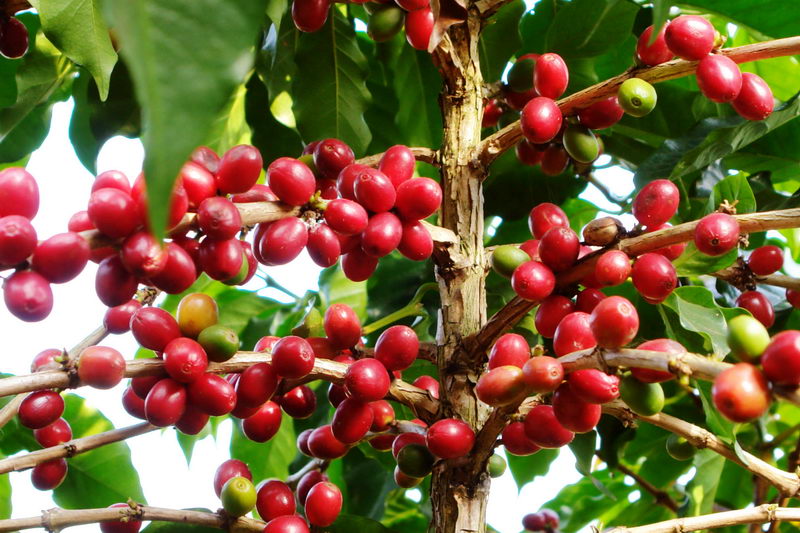
Due to the large amount of local human support for coffee production, the construction of a large amount of infrastructure and scientific research, many coffee exporters have set up their own large estates in South Minas, and coffee production is carried out commercially.
S ã o Paulo of S ã o Paulo
The state of Sao Paulo is located in the southeast of Brazil, where most of the high-quality coffee comes from large estates in the regions of Sao Paulo and Minas Gerais, where the climate is wetter and milder, less dry than in the north, and there is no need to build an extra irrigation system for coffee. In addition, there is Santos Santos, the largest and oldest port in Brazil, and it is also the largest coffee export port in the world. When we see the sacks of raw coffee beans exported from here to overseas, we will have the seal of "SANTOS".
Sao Paulo has two main coffee producers: Centro-Oeste and Morgiana Mogiana in the central and western parts of S ã o Paulo, and the Brazilian Queen's Manor Coffee on the front street is from Morgiana.
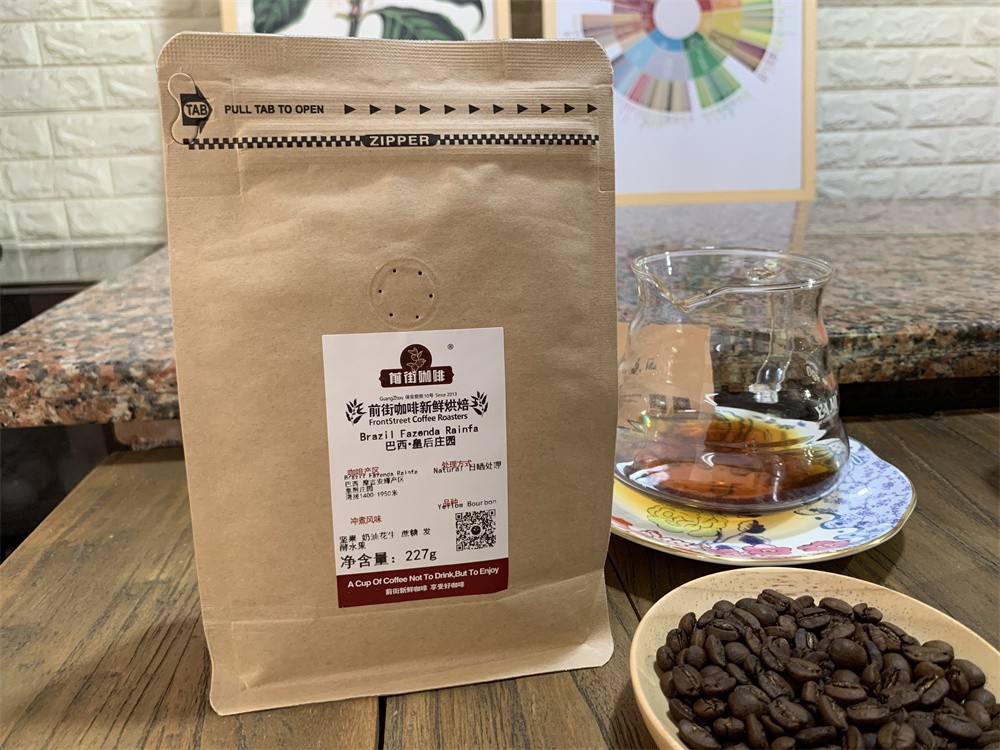
Morgiana is close to South Minas, and coffee is mostly grown between shrubs, grasslands and vegetation at 1400m above sea level, making it one of the few high-altitude areas in Brazil. The local fertile red volcanic soil allows the coffee fruit to absorb sufficient nutrients and develop into a full aroma. Here is divided into a part of adhere to the traditional farm operation, while the other part of the new modern standardized operation management, the local coffee quality has been greatly improved. Fazenda Rainha is managed by Jos é Renato G. Dias, an agricultural engineer who specializes in coffee production. The farm covers an area of 280 hectares, of which 200 hectares are mainly planted with yellow bourbon.
Shirado Cerrado
The Syrador producing area is located on the Hilado prairie in central Brazil, and we can see many large estates setting up coffee processing plants on this open and flat terrain. Syracuse is the first coffee region in Brazil to be certified by Brazilian origin, and the production of high-quality Brazilian beans gives it an important position in Brazil.
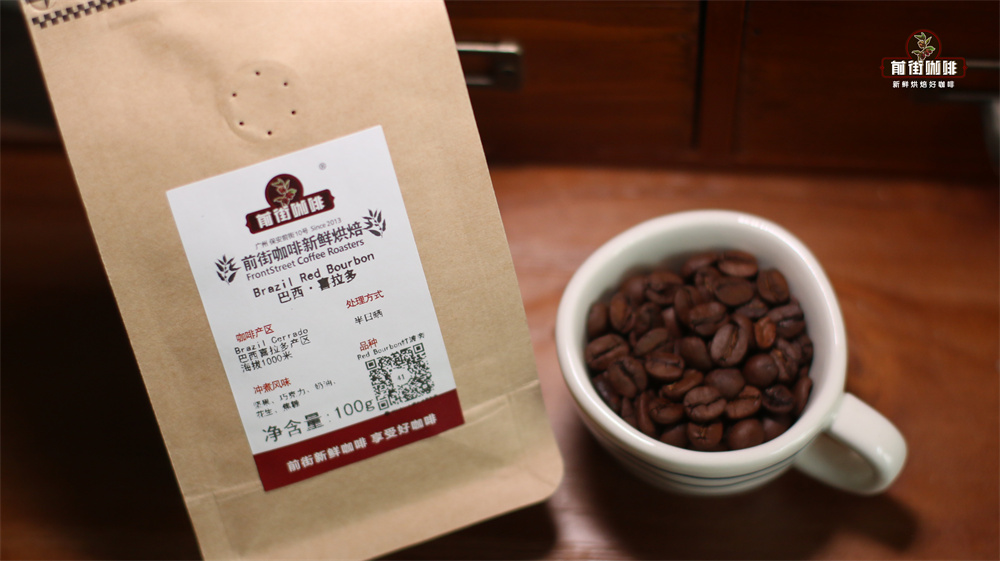
The coffee tree species of Hilado are located in the mountains about 1000 meters above sea level, where the soil is rich in minerals, because the flat terrain is mostly mechanized harvesting, and most of the treatment methods are half-sun treatment. Its unique soil and rich groundwater are essential ecological conditions for the production of high-quality coffee. Syracuse is also the only producing area in Brazil with a Designation of Origin certification system, which strictly controls the authenticity of the place of production. Once it is labeled with Syrador, it is a coffee of guaranteed quality.
Therefore, Qianjie chose the coffee beans from the Hillado region of Brazil as the representative coffee of the Brazilian producing country.
Brazilian coffee bean varieties
At present, bourbon, New World and Kaduai are the main coffee varieties in Brazil, of which bourbon has the longest history and is derived from the iron pickup gene mutation.
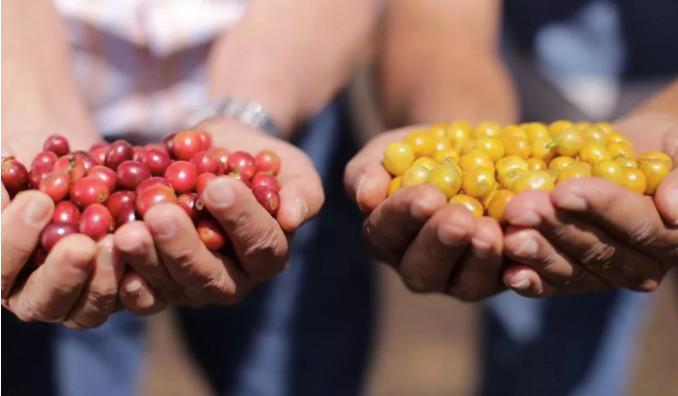
Bourbon
Speaking of bourbon varieties, we have heard a lot about the colors of bourbon, such as red bourbon, yellow bourbon and pink bourbon. Bourbon species, the second species caused by the Typica mutation, belong to the oldest existing coffee variety. The green fruit will appear bright red when ripe, and the bourbon species at high altitude usually have better aroma and bright acidity. Red bourbon or the most common type, because in general, coffee fruit will slowly ripen in unripe green, to light yellow, then to orange, and then red at the best time of picking, and finally to overripe dark purple.
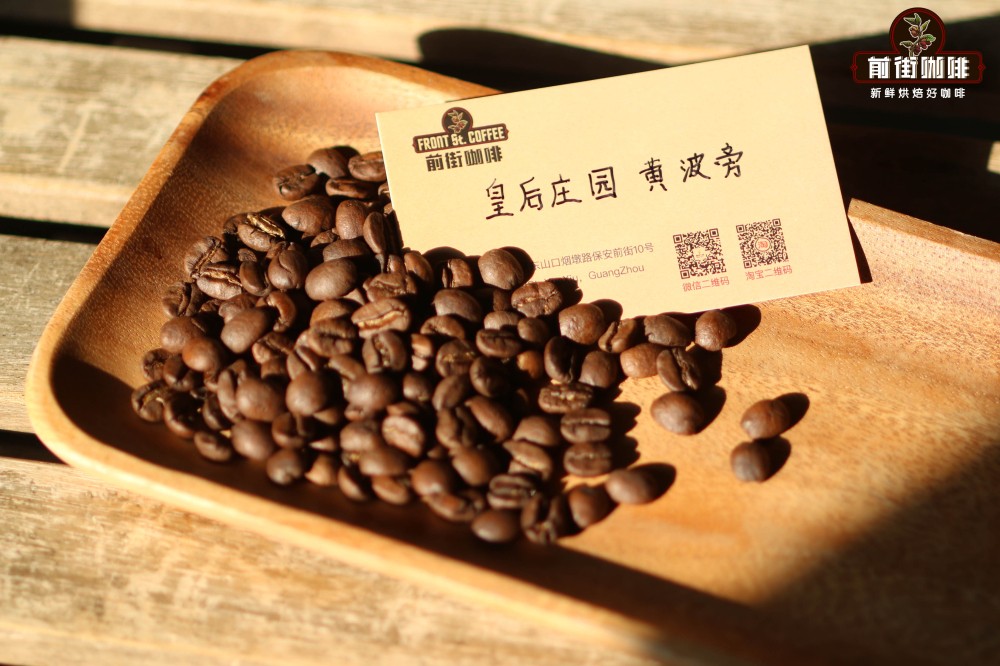
Red bourbon is so because the fruit is red. The same is true of yellow bourbon and pink bourbon. Yellow bourbon is generally considered to be a cross between red bourbon and other varieties. Yellow bourbon will show yellow fruit when it is ripe. It was first found in Brazil. At present, Brazil is also the main producer of yellow bourbon. In addition to the yellow fruit, the yield is also relatively low and is not resistant to wind and rain, so it is not widely planted. Pink bourbon is even rarer. Pink bourbon is derived from red bourbon and yellow bourbon, but it is rare because the pink shape of the fruit is determined by recessive genes, so it is very easy to interfere with it, so it is difficult to maintain the appearance of pink fruit.
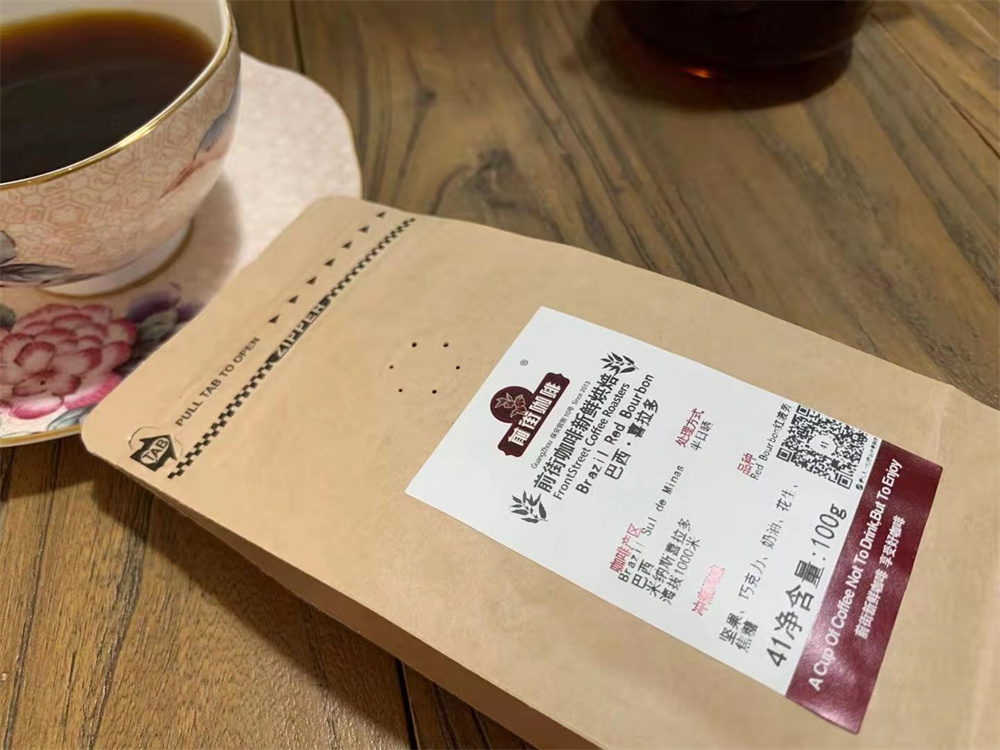
The rations of front street coffee beans Brazilian coffee is red bourbon, Brazilian queen coffee is yellow bourbon.
New World (English Mundo novo)
New World (also known as Mondonovo) is a hybrid of Bourbon and Tibica, which first appeared in the 1940s and is still widely welcomed by Latin American coffee producers today. Its disease resistance and yield are better than bourbon and Tibika, but at the cost of insufficient flavor complexity.
Kaduai (English Catuai)
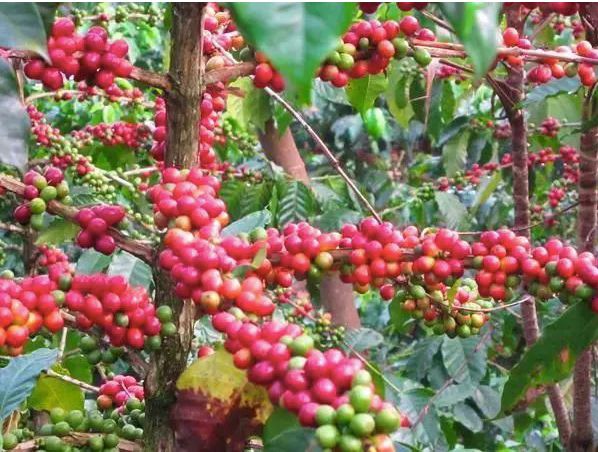
Brazil bred Kaduai in the 1950s, which is a hybrid of Kaddura and the New World, with strong disease resistance and high yield. Like Kaddura, Kaduai's ripe fruit is naturally divided into red and yellow (I personally prefer the former). Kaduai is famous for its acidity and is common in most Central American countries.
Kaddura (English Caturra)
In the 1930s, a Bourbon gene mutation was found near the Brazilian city of Kadura, and it was named Kaddura. Kaddura's yield is high, and compact plants are easy to pick, but if planted at lower elevations, this characteristic becomes its own worst enemy-coffee becomes quite light here, so the weight of the fruit itself can crush the plant. If planted in a high altitude environment (more than 1200 meters), Kaddura's coffee quality and yield can be better guaranteed. Kaddura is a common variety of Central American coffee belts.
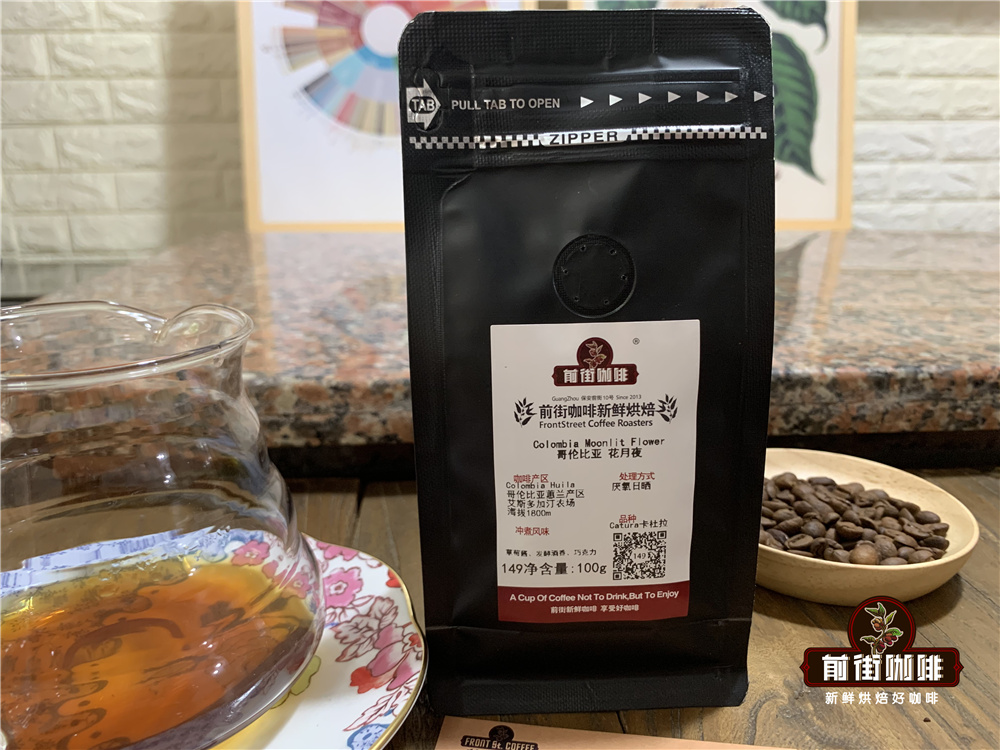
The coffee variety of Columbia Flower Moon Night and Columbia Rose Valley on the front street is Kaddura.
Processing methods of Brazilian coffee beans
Brazil's raw beans are treated in the sun, half-sun, washing, the use will be based on the local climatic conditions.
Before 1990, almost all of Brazil used rough sun treatment, and the coffee fruit was poured into the cement ground to dry. Coffee was easy to have miscellaneous smells such as soil and unpleasant excessive fermentation, which greatly affected the quality of Brazilian coffee. In 1990, the Brazilian Coffee Research Institute developed a half-sun method based on the characteristics of the local dry climate. The peel of the coffee fruit is removed before drying, leaving only a thin pectin layer to be exposed for 1-3 days, then machine-dried to 12% water content, and then ripe in a storage container. It not only shortens the treatment time, but also reduces the negative flavor brought by the treatment process, and greatly improves the quality of Brazilian beans.
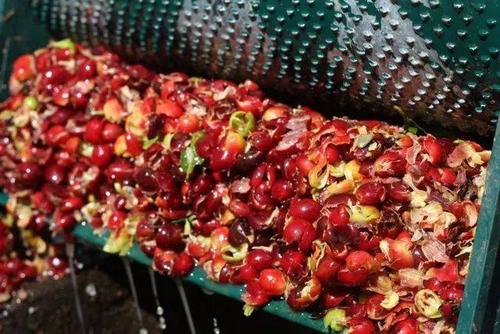
Although the method seems to be similar, without the step of fermentation, the flavor of coffee beans is completely different. Half-sun treatment in the process of removing the pulp of coffee peel, the ripe pulp will be easily removed, and the immature green fruit peel is not easy to deal with, so a second screening can be carried out to filter the immature fruit and unify the maturity of the coffee fruit. Compared with the sun drying method, Qianjie believes that the cleanliness and maturity of the coffee beans will be improved, resulting in a more uniform taste of coffee.
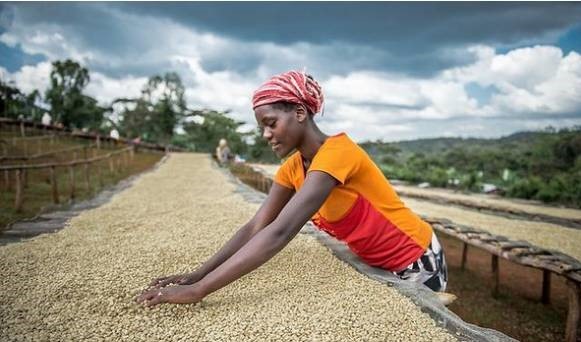
Brazilian coffee beans will also have a corresponding standard distinction in flavor and taste, according to the cup test, there will be a variety of different descriptions of coffee taste: Strictly Soft, Soft,Softish, Hard, Rioy. SC is Strictly Soft (very supple) with the best taste. The cup flavor can be divided into Fine Cup, Good cup, Fair cup, Poor cup and Bad cup, while Fine Cup has the best flavor and the highest quality, followed by Good cup.
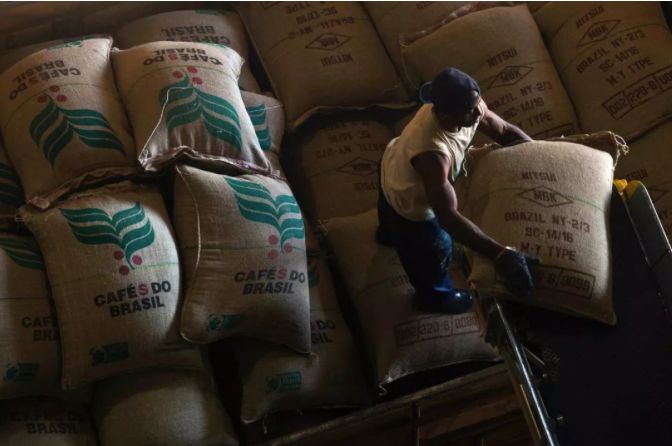
For example, Qianjie Brazilian rations beans coffee sack, marked with relevant grade information: country + defect level + cup test taste + size + flavor + region, such as Brazil NY.2 SC-17 FC Cerrado 18 FC Cerrado, refers to the size of Brazil Hilado region, size in 17: 18 mesh, SC stands for Strictly Soft, taste is very supple, FC stands for Fine Cup, cup test flavor quality, defect rate grade is NY.2.
Parameters for brewing Brazilian coffee in Qianjie:
In order to show the balanced and mellow flavor of Brazilian coffee, Qianjie Coffee recommends trickling extraction (hand brewed coffee). Qianjie store product parameters: use Kono filter cup water temperature: 88 ℃ powder quantity: 15g powder water ratio: 1:15 powder water ratio grinding: medium fine grinding (Chinese standard No. 20 sieve pass rate 75%)
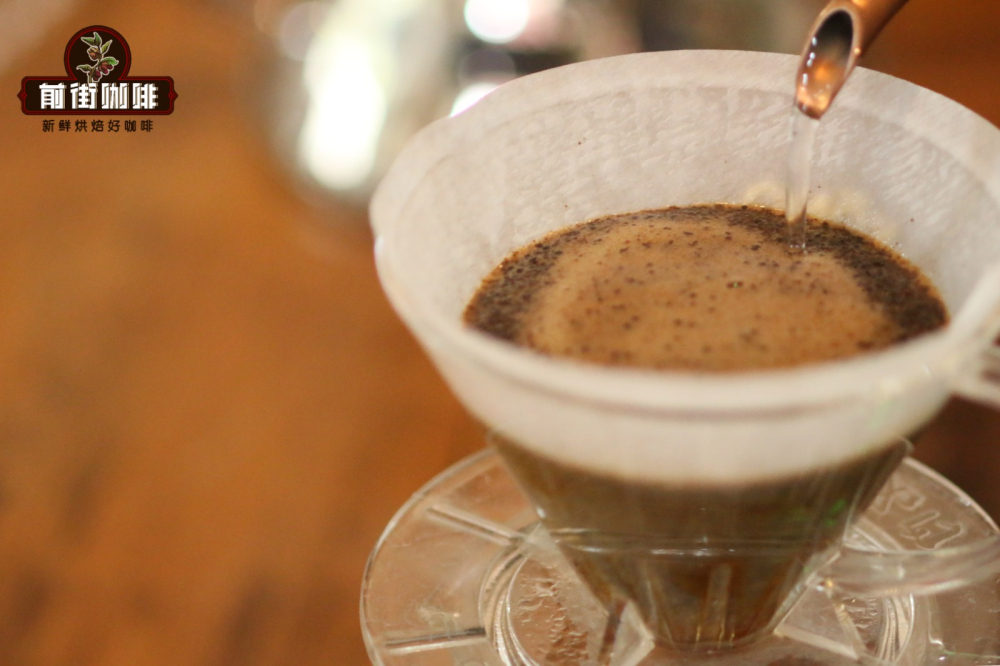
Qianjie Brazilian Hilado coffee flavor features: nuts, caramel, peanuts, supple, low acidity, chocolate flavor.
The flavor characteristics of Brazilian Queen Coffee in the front street: light lemon aroma, rich nutty flavor, obvious dark chocolate flavor in the back, more round overall feeling, cleaner than Brazilian Syrah coffee.
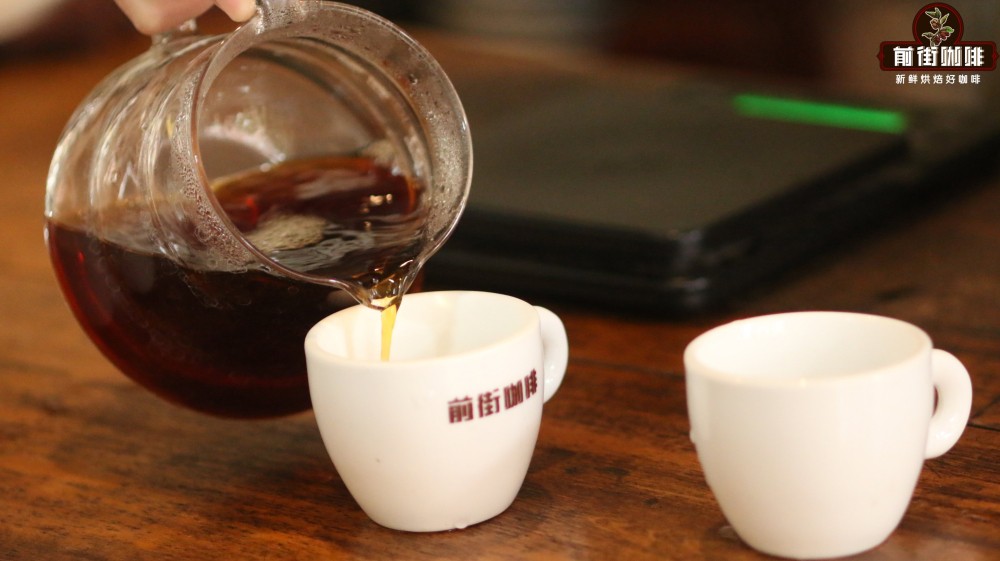
Suggestions for making coffee in front of the street:
No matter what kind of coffee it is, you still need to pay attention to the freshness of coffee beans in order to brew a good cup of coffee. Qianjie has always believed that the freshness of coffee beans has a great relationship with the flavor of coffee, so the coffee beans shipped in Qianjie coffee are roasted within 5 days. The purpose of Qianjie roasting is "freshly roasted coffee", so that every guest who places an order is the freshest coffee when he receives it. The bean cultivation period of coffee is about 4-7 days, so when the guest gets it, it is the time when the flavor is the best.
For those who need to be ground, Qianjie warmly reminds you that if the coffee beans are ground in advance, there is no need to raise the beans, because in the process of transportation, the pressure caused by carbon dioxide in the package can also make the coffee flavor round. so you can drink a cup of coffee as soon as you receive the coffee powder. But the coffee powder needs to be brewed in time, because the coffee powder oxidizes more quickly after contact with the air, that is to say, the flavor of the coffee will dissipate more quickly, and the flavor of the coffee is not so good. Therefore, Qianjie suggests buying whole beans, grinding and flushing now, so that we can better taste the flavor of coffee.
Professional coffee knowledge exchange more coffee bean information please follow the coffee workshop (Wechat official account cafe_style)
For more boutique coffee beans, please add private Qianjie coffee on Wechat. WeChat account: qjcoffeex
Important Notice :
前街咖啡 FrontStreet Coffee has moved to new addredd:
FrontStreet Coffee Address: 315,Donghua East Road,GuangZhou
Tel:020 38364473
- Prev
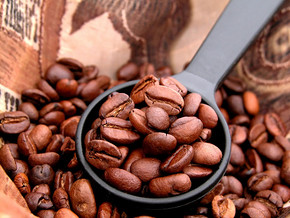
Brazil pectin sun coffee beans processing method introduction
Pay attention to the coffee comment (Weixin Official Accounts vdailycom ) and find that the beautiful coffee shop opens its own small shop Brazilian pectin sun-drying coffee beans, the most widely used is Brazil; the disadvantage of the sun-drying method is that it is easy to mix defective beans, and the appearance difference between beans is secado, also known as natural sun-drying method. Solarization is one of the ways coffee cherries are treated.
- Next
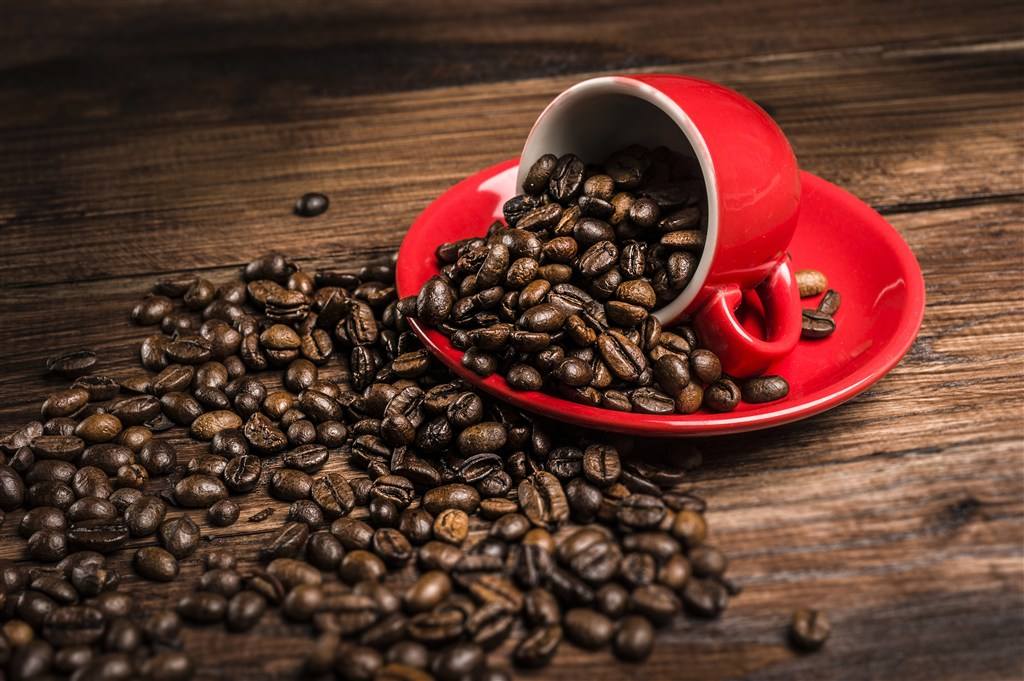
How to brew coffee beans in Darago Manor, Brazil
Following Cafe (official Wechat account vdailycom) found that coffee grinding culture has been spreading for hundreds of years. Coffee manufacturers have been continuing and committed to expanding the planting scale and producing high quality coffee beans, while producing different flavors of coffee, including mellow thickness, moderate taste, caramel, chocolate and
Related
- Detailed explanation of Jadeite planting Land in Panamanian Jadeite Manor introduction to the grading system of Jadeite competitive bidding, Red bid, Green bid and Rose Summer
- Story of Coffee planting in Brenka region of Costa Rica Stonehenge Manor anaerobic heavy honey treatment of flavor mouth
- What's on the barrel of Blue Mountain Coffee beans?
- Can American coffee also pull flowers? How to use hot American style to pull out a good-looking pattern?
- Can you make a cold extract with coffee beans? What is the right proportion for cold-extracted coffee formula?
- Indonesian PWN Gold Mandrine Coffee Origin Features Flavor How to Chong? Mandolin coffee is American.
- A brief introduction to the flavor characteristics of Brazilian yellow bourbon coffee beans
- What is the effect of different water quality on the flavor of cold-extracted coffee? What kind of water is best for brewing coffee?
- Why do you think of Rose Summer whenever you mention Panamanian coffee?
- Introduction to the characteristics of authentic blue mountain coffee bean producing areas? What is the CIB Coffee Authority in Jamaica?

